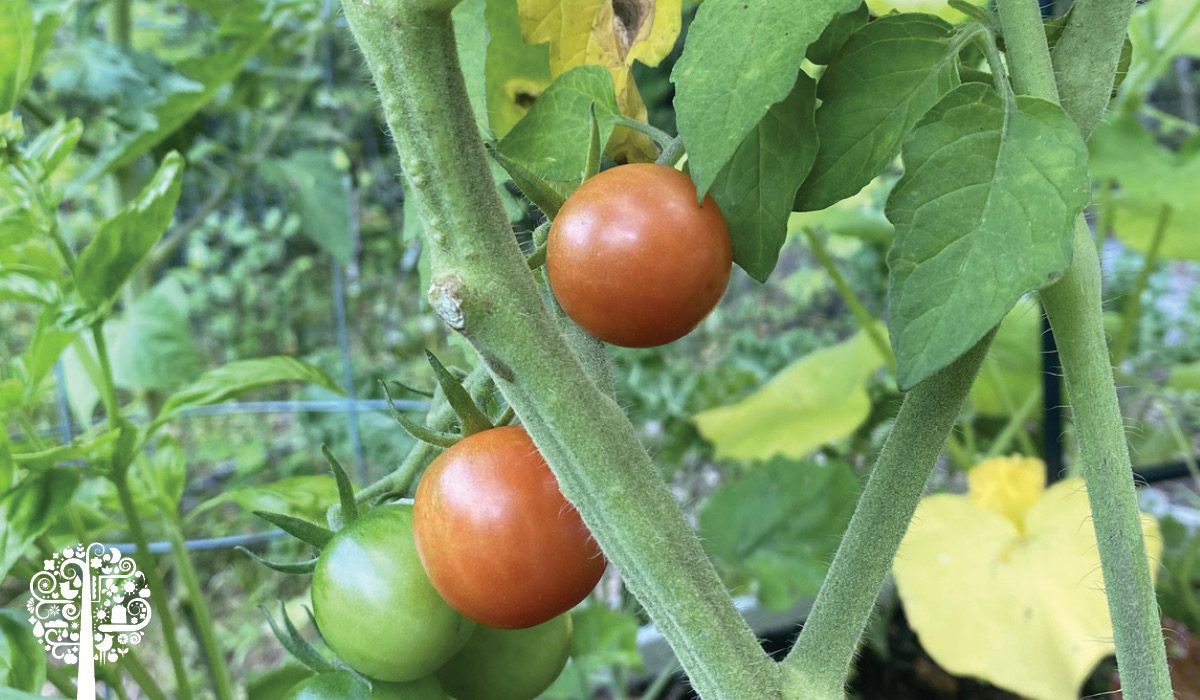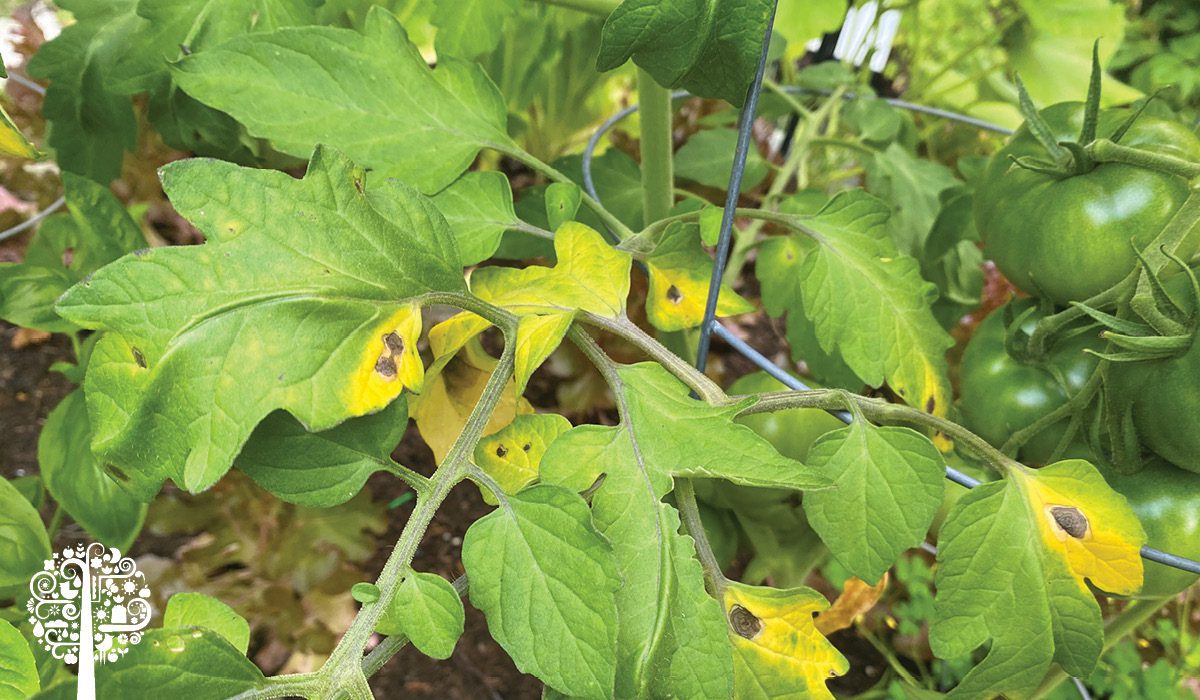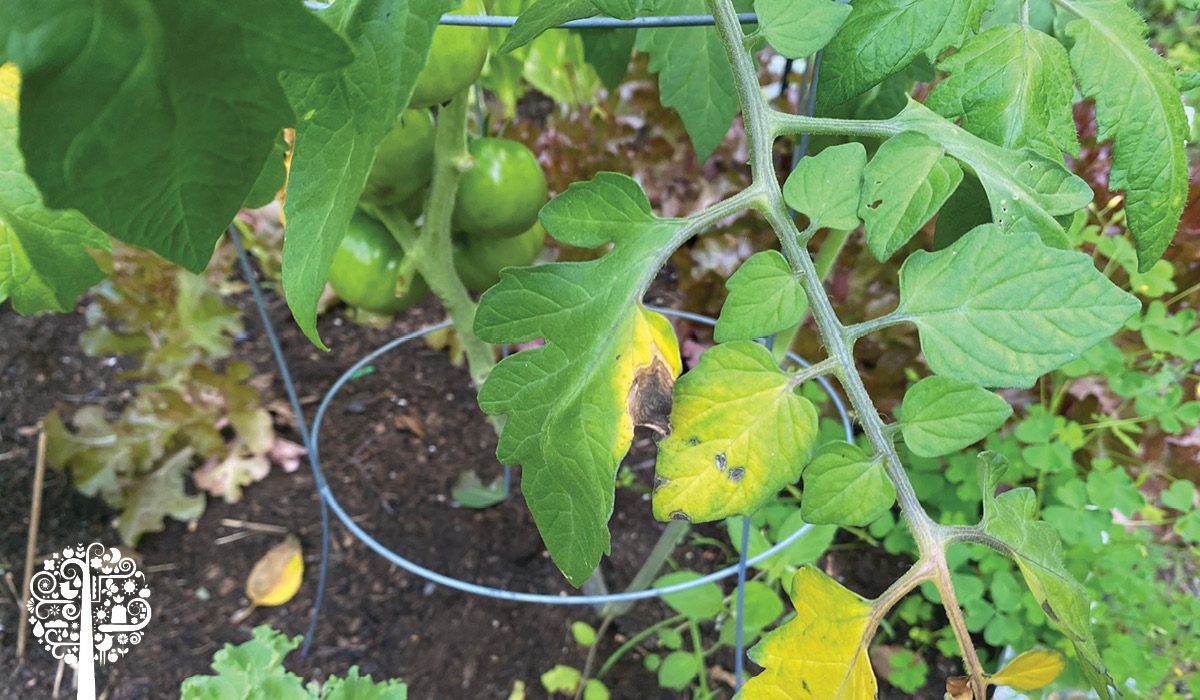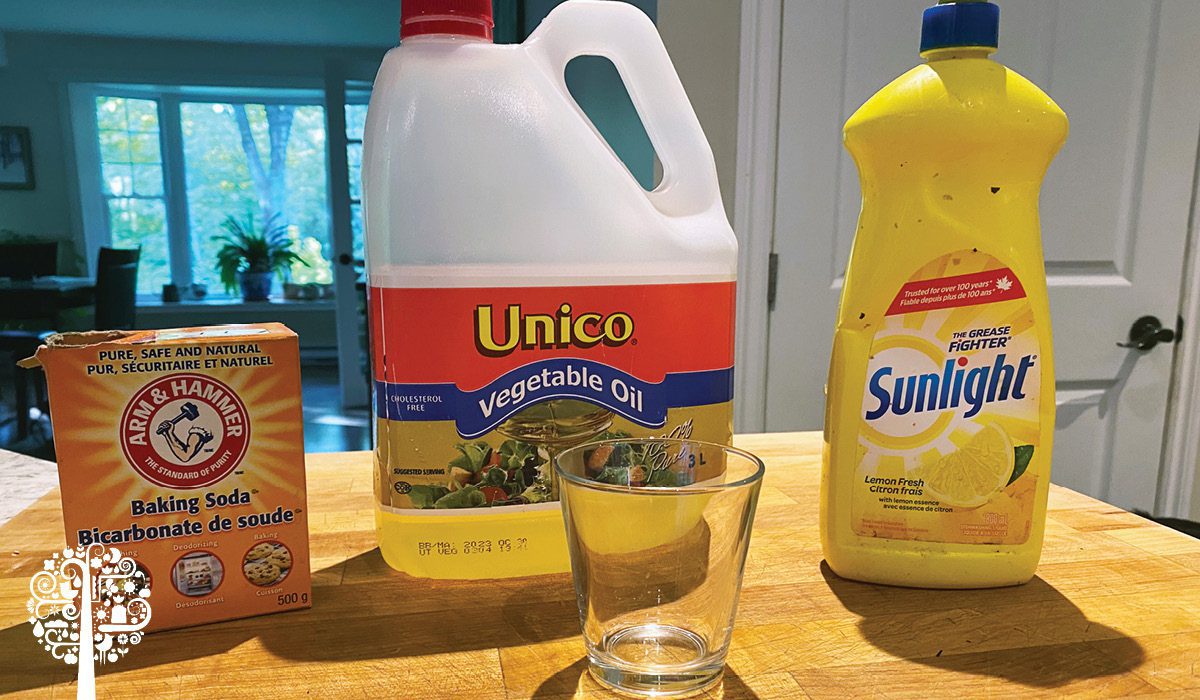Make This Easy DIY Organic Spray To Help Control Blight In The Garden
After a very humid start to the summer, I discovered blight on some of my tomato plants in the garden. The dreaded yellowing and brown spotting of the lower leaves were the first signs. Once it appears, blight can be difficult to eradicate, but you can use a homemade, organic solution to help slow the spread.
What Is Blight?
Blight is always the uninvited guest at the garden party and can appear in a few different forms at various times in the growing season. This fungal disease loves tomatoes and other nightshade plants such as peppers, eggplants, and potatoes. Unfortunately, blight rapidly spreads throughout the plant to neighboring ones as well.

- Septoria Leaf Spot typically appears early in the season as small, uniform brown spots on the plant’s lower leaves. Septoria doesn’t negatively impact fruit but needs to be dealt with all the same.
- Early Blight usually rears its ugly head mid-season and presents dark, non-uniform spots on the lower leaves, which quickly begins to yellow and die. Early blight will eventually damage the fruit.
- Late Blight is the least common and most destructive form of blight. It appears late in the growing season as dark spots that multiply before turning black and destroying the leaves. It spreads extremely fast, and the plant could be dead within days.
How To Handle Blight
When septoria leaf spot and early blight enter the garden, immediately remove the affected leaves and branches, burn them, or throw them into the garbage.

If you haven’t already, mulch around the plant base to prevent water splashback, which helps the fungal disease fester. Next, use an organic fungicidal spray or make one yourself to help slow the spread.

If you’re dealing with late blight, unfortunately, the plant doesn’t stand a chance.
Easy DIY Organic Spray for Treating Blight
You can find many recipes out there, but I keep coming across in my books and online research involves mixing a few basic kitchen ingredients with water.

You Will Need:
- 3 tablespoons of baking soda
- 1 tablespoon of vegetable oil
- 1 teaspoon of dish soap
- 1 gallon of water
Mix all of the ingredients and add to a spray bottle. Be sure to spray the affected and surrounding plants early in the morning or late in the day when the sun isn’t so intense.
You’ll need to reapply every few days, especially if you’ve had rain.
Don’t expect any miracles. The above recipe will help slow the disease’s spread, so you still have fruit to harvest but likely won’t completely kill a major outbreak.
Extra Bonus
I’m all about practicality and time-saving in the garden; the above recipe can also be used to organically control powdery mildew, which often affects my zucchini and pumpkin plants after long stretches of humid weather!
Garden Culture contributor Kyle Ladenburger is extremely knowledgeable on the subject of tomato blight and wrote an in-depth article called The Identification and Prevention of Blight in our Pest Control issue. Be sure to check it out on page 64 of US37.




